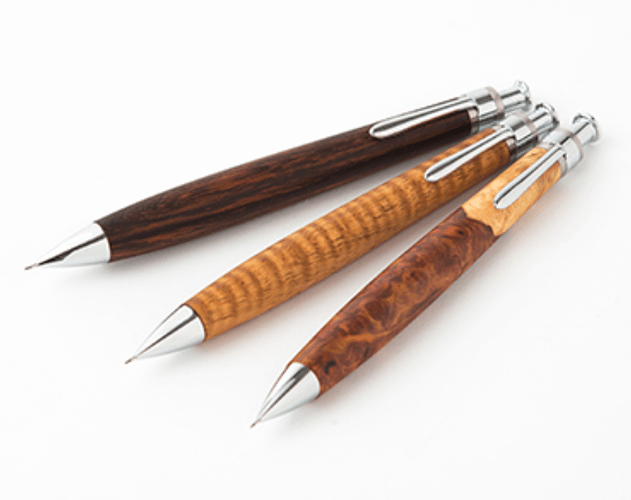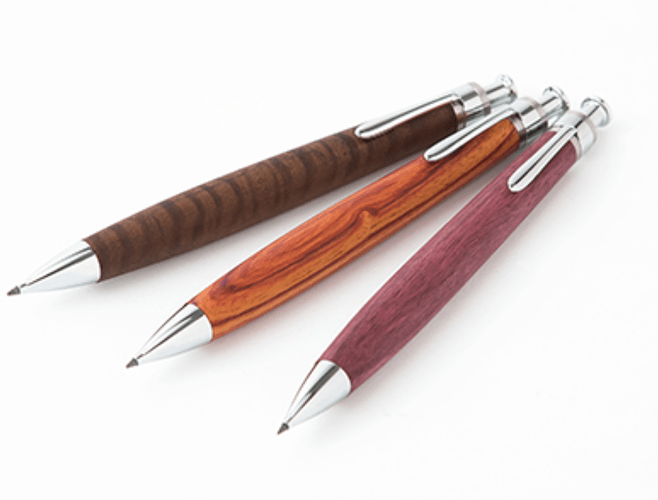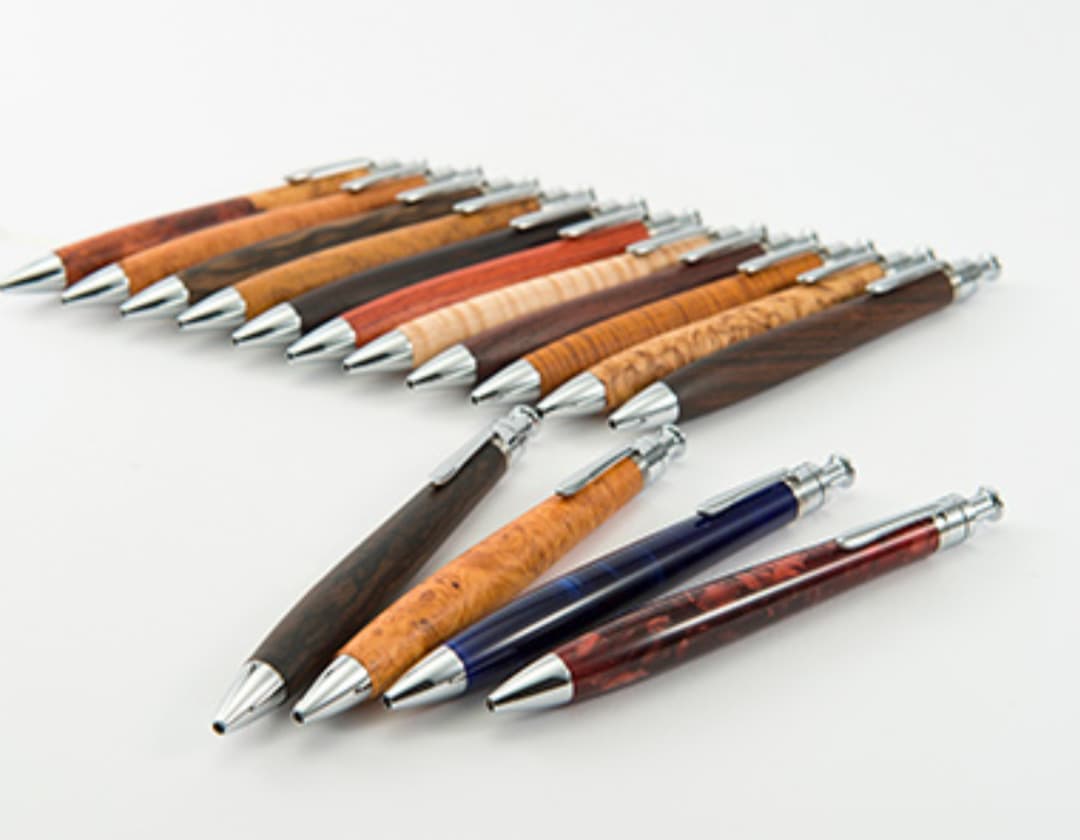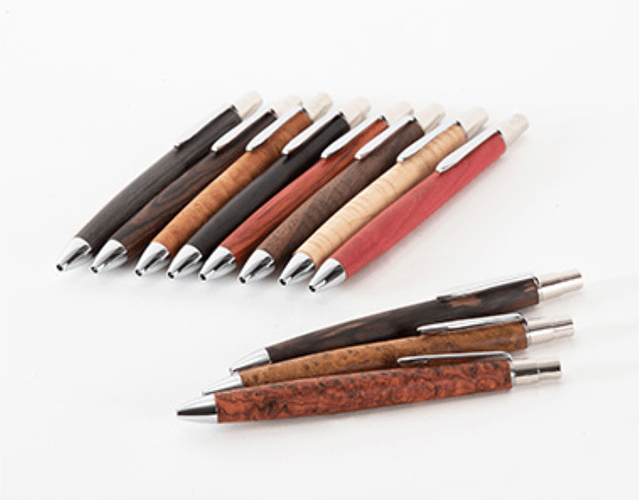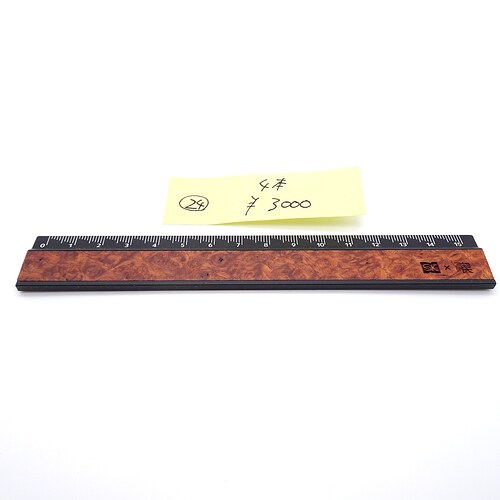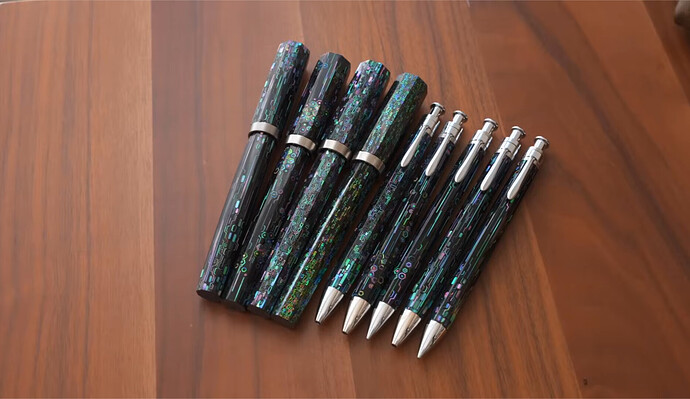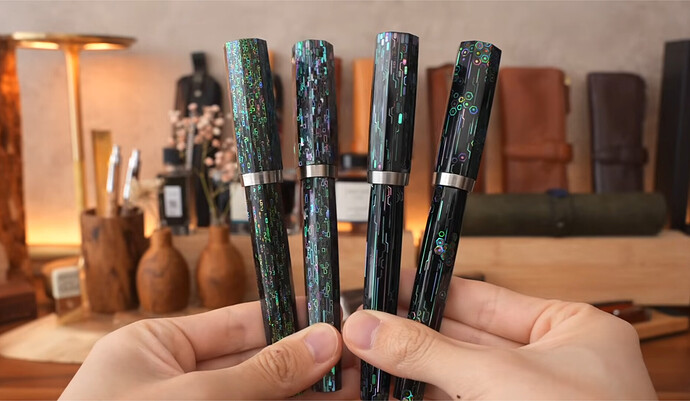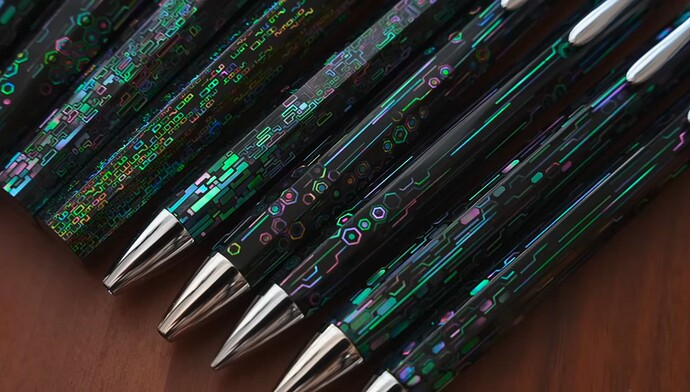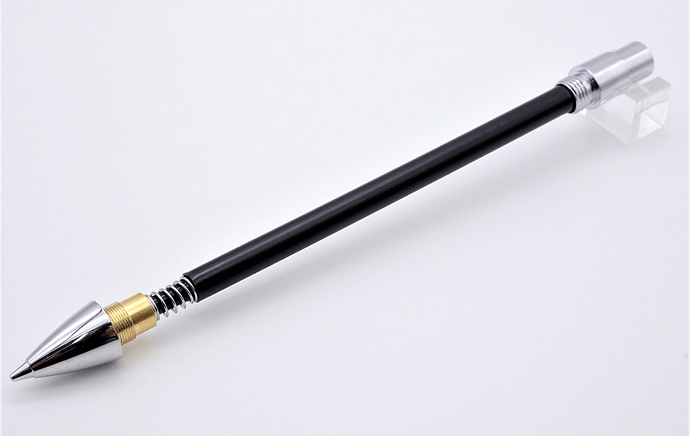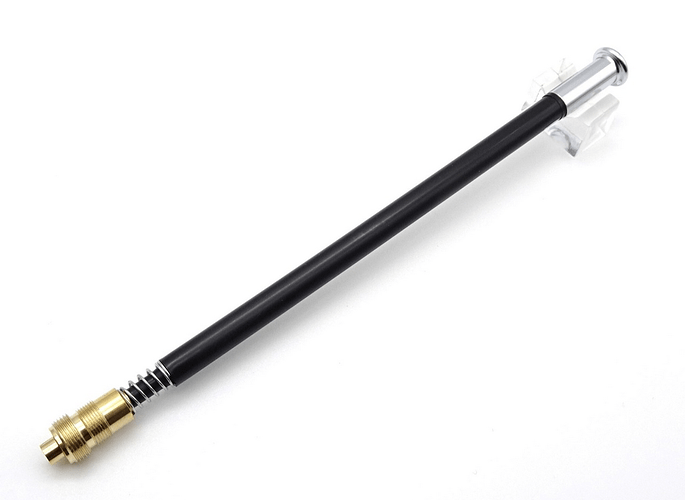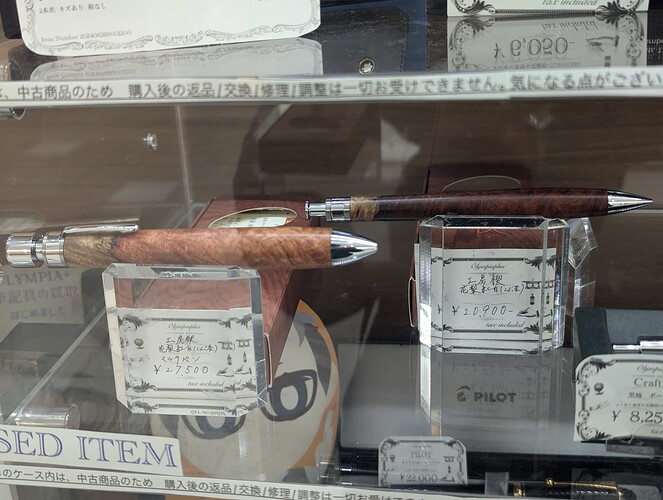Hi everyone! I have some time today, so I’ll be continuing the series on Japanese pen artisans. This time I’ll be talking about one of the most famous ones, so I’m sure it’ll become a long article. In any case, I hope you’ll enjoy it ![]()
Other articles
Craft A
About the maker
Nagata Atsushi studied interior design and then studied woodworking since 1999. In 2004 he founded his own brand/workshop, 工房楔 (transliterated as “Setu” or “Setsu” depending on the style). Even today, he makes a wide range of objects, from furniture to pen cases to pencils. However, we can confidently say he found a passionate niche for his craft in stationery.
Profile
Website
Webshop
YouTube channel
Models
Pencil Setsu
Lead holder 2mm
Luce pen
Fine pen
The most popular model is the “Pencil Setsu”. As far as I can read, it’s sold in 5 different lead diameters, so when purchasing from the web you can ask for which diameter you prefer. The tip is of pipe slide type, but fixed sleeve tips are also sold separately.
Meiboku Ruler
Since very recently (to my understanding: 2024) he’s also been making metal rulers with rare woods. Before that he made rulers fully made of wood, which weren’t as popular (they’re more delicate, as well).
Raden collaboration
Koubou Setsu and Ikeda Terumasa collaborated on a series of pens, with the metal parts and shape of Setsu and the raden techniques of Ikeda. These were incredibly limited and a total work of art.
YouTube video by Seasar
Controversy
There’s another maker which has taken advantage of the popularity of Setsu, called “Kobuta Koubou”. Kobuta used very similar metal parts and a very similar shape to make his pens. This is something that happened to Nohara as well, with Bonan pen and other lookalikes, but Setsu decided to speak up in a video two years ago.
Discussion by Setsu
Rarity
I’d say his pencils are quite desirable and thus not very easy to get. Some brick and mortar shops regularly stock them, so if you can go there you may even see them in person (e.g. Nagasawa Bungu Center in Kobe). In his Base online shop he sells them under a raffle system (that is, you participate for the chance of buying it)
Internals
Internals for the fine pen and the pencil setsu.
To my knowledge, all internals and metal parts he uses are custom nowadays.
Personal opinion
He tends to have very interesting wood choices and the shape of his mechanical pencils has become incredibly iconic. I’d love to buy both one pencil and one of the new meiboku rulers. Once I have them I’ll give my opinion on how they feel!
